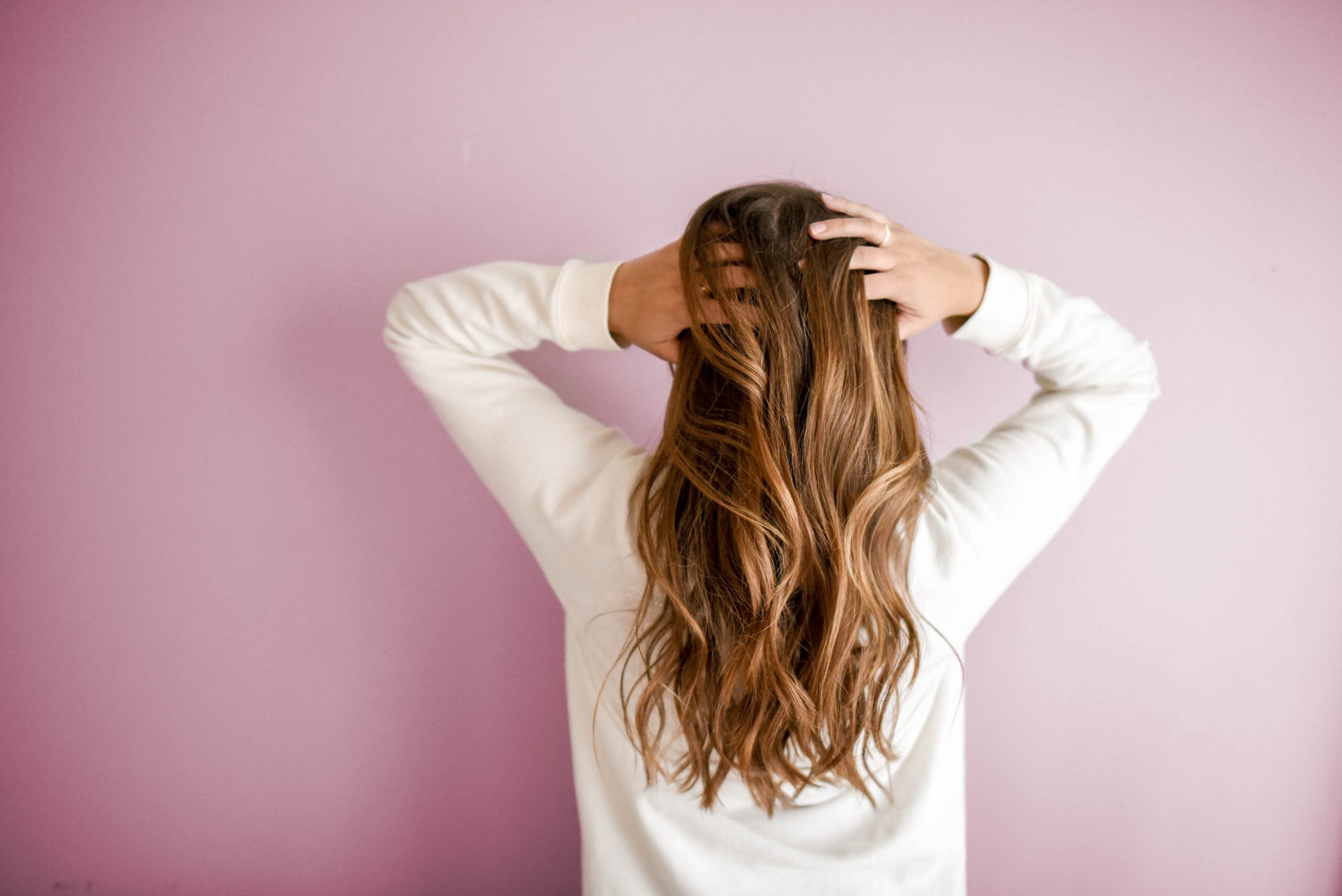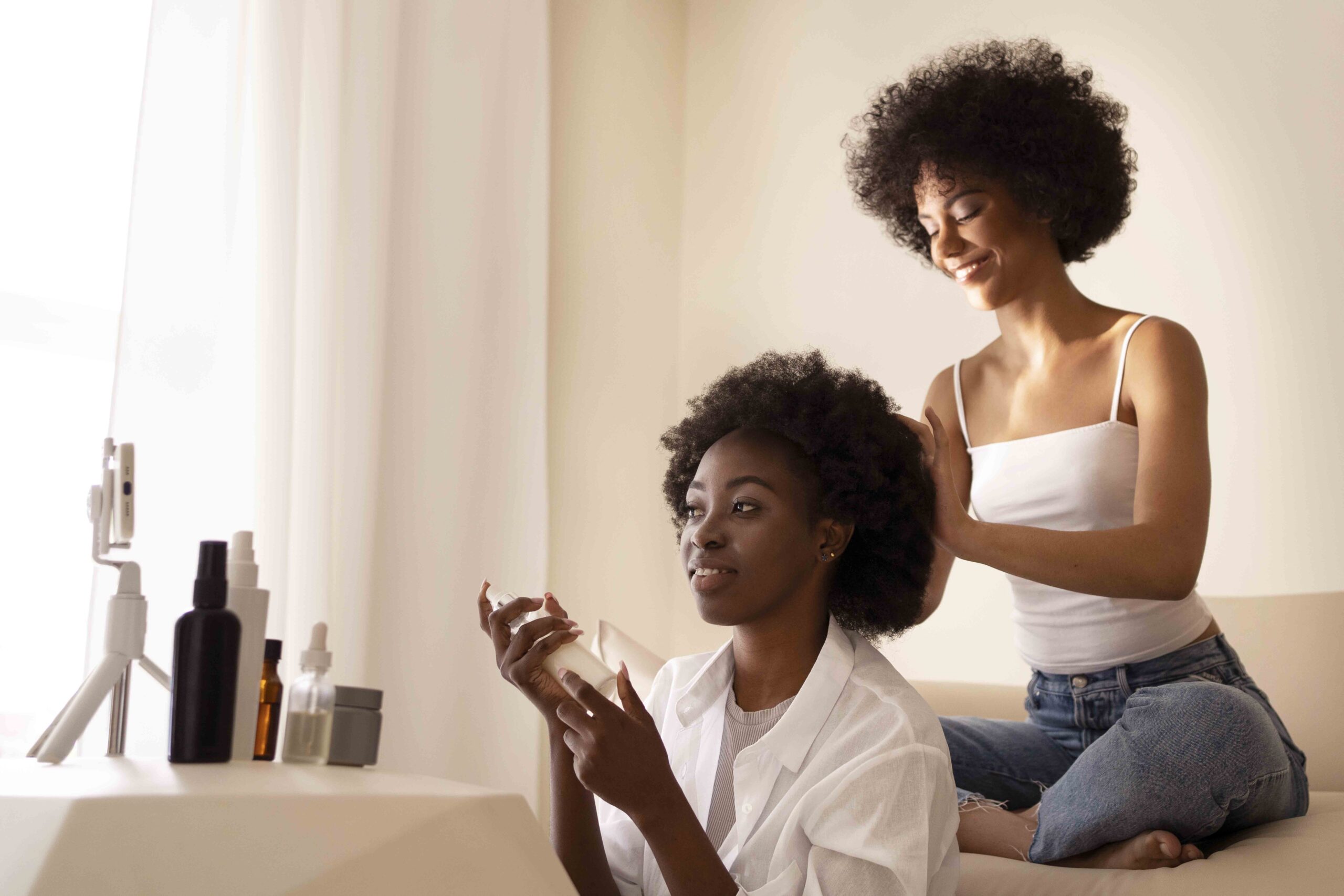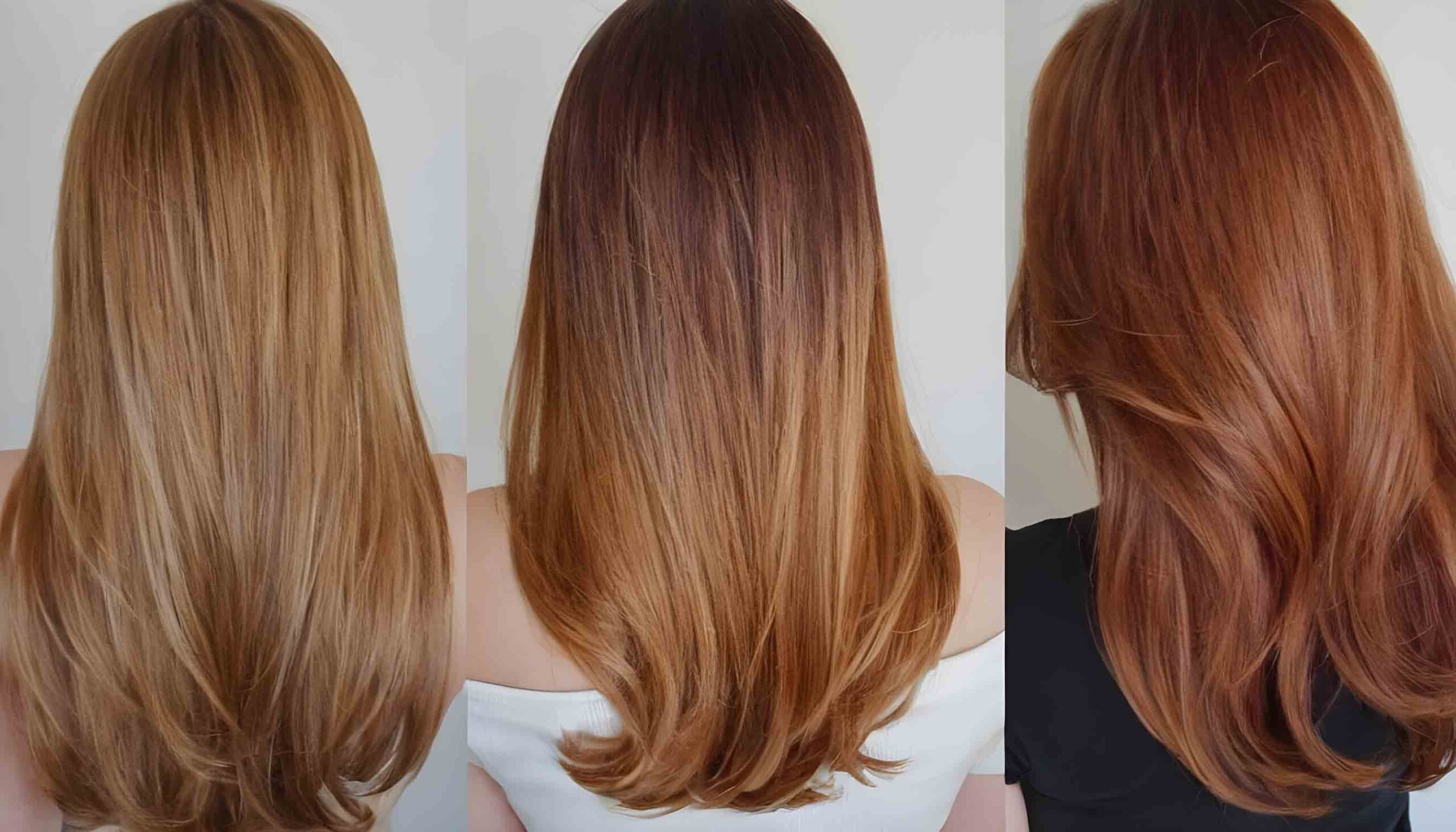Tips for Bleaching Dark Hair to achieve lighter blonde, platinum, and pastel shades have become an immensely popular hair color trend. However, lifting years of built-up pigment from black or brown hair can be tricky and potentially damaging if not done correctly. This comprehensive guide covers professional techniques and at-home tips for safely lightening dark hair.
How Hair Bleaching Works
Bleach uses chemicals to strip out the natural pigment in hair called melanin. This is necessary when wanting to go lighter than your natural shade. Here is a quick overview of the lightening process:
- Hydrogen peroxide acts as the main active ingredient to bleach hair. It oxidizes and breaks down melanin.
- Higher volumes or percentages of peroxide lift more color but can damage hair.
- Alkaline agents like ammonia help open the hair cuticle so bleach can penetrate.
- Coloring products combine peroxide with boosters and ammonia for controlled lighting.
- The heat from a dryer or foils accelerates the chemical reactions.
- Multiple overlapping bleach applications are often needed to reach pale tones.
Choosing the Right Bleaching Products
Picking safe, effective lighteners for your hair type and goals is key. Here are professional recommendations:
- For dark brown hair, try 20 or 30-volume peroxide developer.
- For black hair, 30 or 40 volumes may be required to sufficiently lift pigment.
- Opt for creams over liquids for thicker, more controlled application.
- Use bonding-protecting bleach formulas containing oils and conditioners.
- Avoid box dyes with high ammonia levels which overly dry hair.
- Olaplex added to bleach repairs bonds and prevents damage.
- Pick purple toning shampoos to cancel brassiness between sessions.
DIY Bleaching Tips and Precautions
Bleaching dark hair at home can work well if done carefully. Follow these tips for the best results:
- Read all instructions before mixing or applying bleach.
- Work in sections for even, thorough lighting.
- Use petroleum jelly around the hairline to protect the skin.
- Do an allergy test 48 hours prior to full application.
- Mix bleach immediately before use for potency.
- Apply product no more than 1/4 inch from roots initially.
- Set a phone timer and don’t exceed max processing time.
- Rinse with tepid water and apply toner to counter brassiness.
- Give hair recovery breaks between bleach sessions.
- Monitor for damage like excessive dryness, breakage, or gumminess.
Consulting a colorist is best to avoid complications. However, with care, bleach can be done safely at home on virgin or minimally colored dark hair.
Professional Bleaching Techniques and Treatments
For those willing to invest time and money into seriously lightening their hair, professional salon bleaching is the smartest option. Here are some of the techniques and services a skilled colorist may employ:
- Foil highlighting to lightly place bleach only on pieces that frame your face. This creates a sunkissed look.
- Full foiling thoroughly saturates hair in bleach using heat from foils for faster lightening.
- Balayage or baby light paint or feather bleach on for a soft, dimensional result.
- Toner applications in salons neutralize brassiness between lightning sessions.
- Olaplex bond-building treatments minimize breakage from bleach damage.
- Moisturizing masks and conditioners deeply nourish hair throughout the stages.
- Purple shampoos preserve cool, ashy tones at home post-bleach.
- Use warmer underlights to avoid solid blocks of platinum blonde, which can look artificial.
- Root touch-ups refresh growth every 4-6 weeks for seamless color maintenance.
Salon visits involve time and financial investment but deliver the safest, most elegant blonde transformations from Tips for Bleaching Dark Hair.
Aftercare Tips for Bleaching Dark Hair and Color-Treated Hair
Once you’ve reached your perfect pale shade, maintaining bleached hair requires diligent upkeep and conditioning to prevent dryness and breakage. Follow these steps:
- Wash bleach-processed hair max 2-3 times per week with sulfate-free shampoo. Use dry shampoo to extend the time between washes.
- Apply a deep conditioning hair mask at least once a week focusing on dry ends.
- Avoid combing wet, fragile bleached strands. Always use a wide-tooth comb.
- Limit the use of hot styling tools to keep moisture locked in. Allow hair to air dry when possible.
- Sleep on a silk pillowcase to minimize friction. Wear hair in a loose braid.
- Avoid chlorine and salt water which create porosity. Always coat hair in a protective cream beforehand.
- Get regular trims every 6-8 weeks to snip splits and maintain condition.
- Use bond-repairing Olaplex No. 3 at home weekly to mend damage.
Proper at-home maintenance keeps bleached hair looking shiny, strong, and color-vibrant between salon visits.
Transitioning Dark Hair to Light: Timeline and Stages
Dramatically lightening dark strands won’t happen instantly. For minimally damaged hair, schedule multiple bleaching or highlighting sessions over the span of several months. Here are the general timelines:
Brown to Blonde:
- 1st Session – Light golden brown
- 2nd Session – Caramel blonde
- 3rd Session – Beige/platinum blonde
Black to Blonde:
- 1st Session – Golden copper
- 2nd Session – Orange copper
- 3rd Session – Yellow blonde
- 4th Session – Pale yellow
- 5th Session – Platinum
Exact stages and timelines vary based on your natural hair and goals. Trust your colorist’s expertise in safely guiding your dark hair into the lightness realm.
Common Concerns When Transitioning Dark Hair to Light
- Overly brassy tones – Use purple shampoo and toners to cancel yellow/orange brassiness between sessions.
- Uneven banding – Thorough highlighting and toning create cohesive blending between shades.
- Damage – Bleach is damaging. Use Olaplex, conditioning masks, limit washing, and heat styling.
- Quick regrowth – Embrace root shadow and touch up every 4-6 weeks to blend new growth.
- Color correction – Colorists can amend mistakes but it may require re-darkening hair first.
Frequently Asked Questions About Tips for Bleaching Dark Hair
How long does it take to Tips for Bleaching Dark Hair Blonde?
Dramatically lightening black hair to pale blonde can take 4-5 salon sessions over 4-6 months for the safest, healthiest transition. Quickly forcing dark hair light causes massive damage. Go gradually.
Does hair fall out after bleaching?
Overprocessing with bleach can potentially cause hair loss and thinning. However, done correctly in stages with proper conditioning, most hair remains intact through lightening sessions. Hair may feel dry at first but adjusts over time.
Can I bleach my hair twice in one day?
Never bleach hair twice in one 24-hour period. Doing two same-day bleaching sessions severely dries out and damages hair. Space out lightning appointments by 2-4 weeks for hair to recover.
Should I tone my hair before or after bleaching?
Always apply toner after lightening, never before. Toners cancel unwanted brassiness in freshly bleached hair. Toning before bleaching won’t effectively neutralize those warmer undertones.
Is it bad to sleep with bleach in your hair?
Never keep bleach or color longer than the recommended processing time. Rinse immediately once the max time is reached. Sleeping with chemical colorants still causes major scalp irritation and hair weakening.
Can I use purple shampoo right after bleaching?
Yes, use purple toning shampoo starting 1-2 days after bleaching to neutralize brassiness and ensure ashy platinum tones. However, wait to use clarifying shampoos which can be too harsh immediately after bleach.
How soon after bleaching can I dye my hair again?
Wait one full week before applying a more permanent color after bleaching to avoid overwhelming damage. Semi-permanent conditioning colorants can be used sooner since they don’t require peroxide developers.
Is it better to highlight or fully Tips for Bleaching Dark Hair?
Partial foiling is gentler but may require more sessions to avoid obvious regrowth. Full bleaching gives an immediate, cohesive look but inflicts more damage. Ask your stylist’s advice on the best application method.
Should I get Olaplex before or after bleaching?
Use Olaplex No. 1 or No. 2 during the actual bleaching session to actively prevent bond breakage. Follow up with Olaplex No. 3 for weekly at-home conditioning treatments to strengthen hair.
Conclusion
Tips for Bleaching Dark Hair rich with melanin takes time, precision, and care to avoid a brassy, damaged mess. Invest in professional services to safely transition your strands to pale heights. For DIYers, research proper techniques and prep hair before attempting high-volume lighteners. With patience and diligent maintenance, light, bright hair can be attainable for those with near-black starting shades. Empower yourself with knowledge of the process, products, realistic timelines, and aftercare. You’ll ensure the healthiest, most vibrant transformation from deep brunette to platinum blonde.




